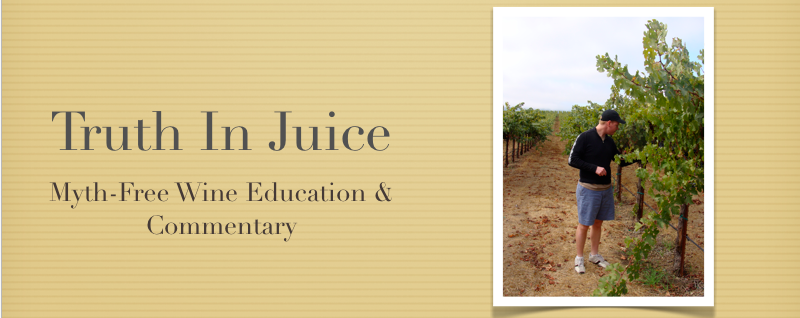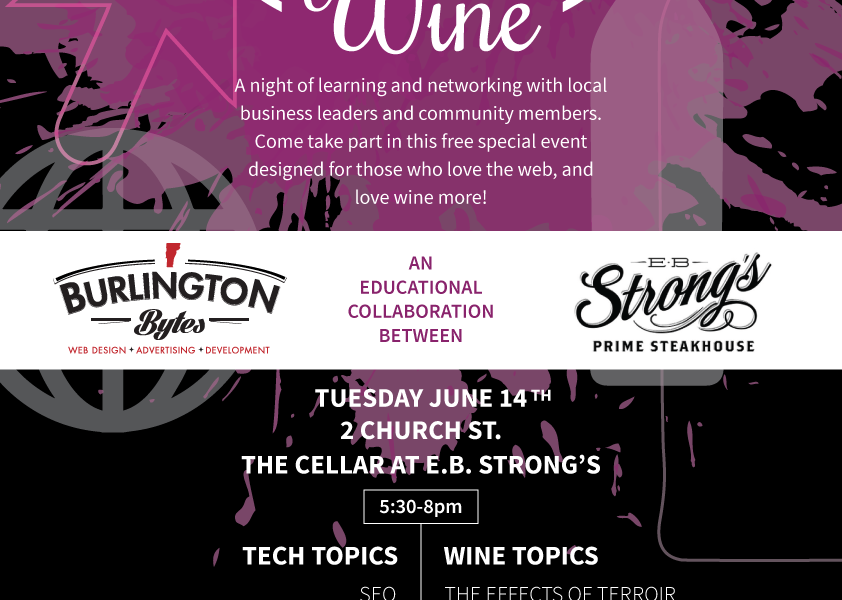My Response to DeflateGate and the Wells Report
 Tuesday, May 12, 2015 at 1:27PM
Tuesday, May 12, 2015 at 1:27PM The principal purpose of this site is wine education and commentary, but anyone who has read my columns in the past knows that I am a diehard New England sports fan, and that I frequently insert sports commentary into my wine writing.
Needless to say, DeflateGate, the recent release of the Wells Report, and the subsequent punishment of Tom Brady and the Patriots has left me quite irritated. Despite my unabashed status as a New England apologist, I won't sit here and argue that the Patriots were blameless in the whole ordeal. Clearly, something irregular occured with respect to the footballs on the night of the AFC Championship against the Colts. However, when compared to other punishments that the league has levied against teams for similar offenses in recent years, I think the discipline handed down by Roger Goodell & Co. is absolutely over-the-top.
I created the graphic above to show that in trying to levy a punishment that the public would approve of, the NFL hammered the Patriots with a punishment that was more than 4x greater than the combined punishments handed out to 4 other teams for similar offenses. All of these teams committed infractions which provided them with an "illegal competitive advantage," but the Patriots were the only team whose infraction resulted in an almost 4-month investigation, a 243-page report, and an egregiously harsh penalty. As Mike Reiss of ESPN.com has stated, with the disparities in the way the situations have been handled, "it just seems we've gone off the rails here."
Also forgotten in all of this is the fact that Aaron Rodgers has openly stated that he prefers his footballs to be inflated above the legal limits allowed by the NFL. However, Rodgers is celebrated for his preference for a hard football, while Tom Brady is vilified for preferring that his footballs be at the low-end of the legal limit. Quarterbacks are allowed to prepare their footballs so that they are to their liking. Supposedly, the Giants take months to prepare the balls that Eli Manning uses in a game. This type of double-standard speaks to the hypocrisy that has plagued Deflategate from its inception. If any other team besides the Patriots had been suspected of deflating footballs, you can bet that the ensuing investigation and subsequent discipline would have been far more reserved.
The NFL is a joke. Its corporate office panders to public opinion when dispensing discipline, and even then, it rarely gets it right. Ray Rice gets a two-game suspension for domestic violence, while Brady gets four games because it's "more probable than not" that he was "generally aware" of Patriots employees deflating footballs. Goodell loves to swing his hammer of justice, but it's a hammer that rarely hits the nail on the head.
Instead of wasting an estimated $5,000,000 on the Wells Report to ensure that the Patriots hadn't deflated footballs in a game that they won 45-7, Goodell could have focused his efforts and attention on more appropriately addressing the issue of domestic violence that plagues his league. He could have spent the $5,000,000 furthering research on CTE or exploring ways to make the game safer for players. Sadly, that $5,000,000 was spent on a 4-month investigation that failed to definitively prove that Tom Brady and the Patriots were guilty of the infractions for which they are now being punished.
2015 top-draft choice Jameis Winston and Seattle Seahawks 2nd-round pick, Frank Clark, have had issues with domestic violence in their college careers, but neither is being disciplined by the NFL. However, back in 2011, the NFL suspended former Ohio State star Terrelle Pryor for the first five games of his NFL career because of impermissable benefits that he accepted while at Ohio State. This is Roger Goodell's NFL. Getting some free tatoos in college equals a suspension, while issues with domestic violence equals nothing. Tom Brady and the Patriots getting caught with underinflated footballs results in a 4-game suspension, while Aaron Rodgers openly declaring that he habitually tries to ensure that his footballs are overinflated equals nothing.
There is no rhyme or reason to the NFL's justice system, except for the fact that Roger Goodell loves the spotlight, loves to create public theater, and wants everyone to know that he is the sheriff in charge. Unfortunately, in the mess that is DeflateGate, the Patriots are left to assume the role of whipping boy, as Goodell obviously feels it is time to deliver a strong reminder of who wears the badge in the Wild West that is the NFL.








